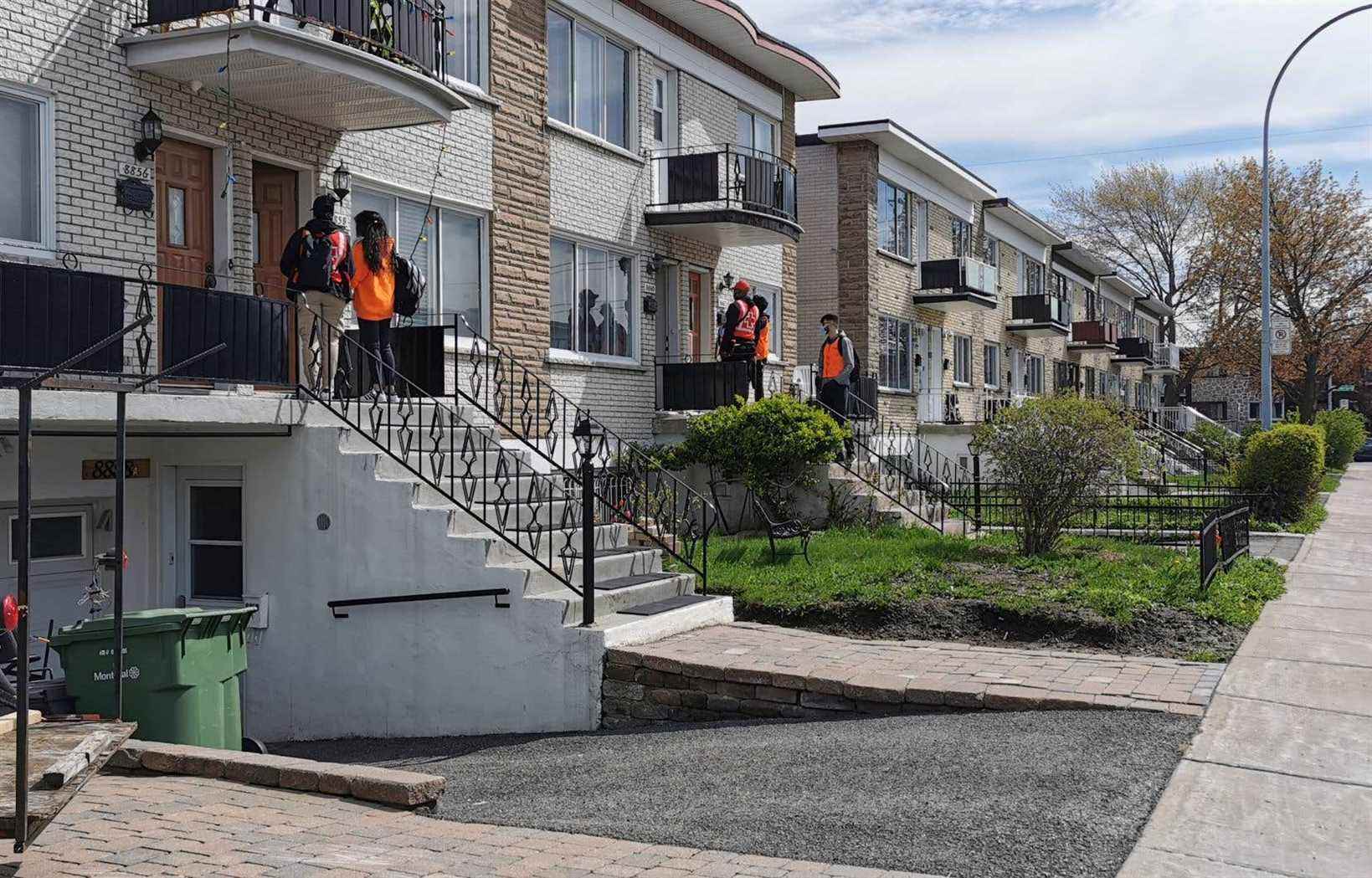This text is part of the special section Philanthropy
When the first wave of COVID-19 swept through Quebec in March 2020, four Montreal foundations joined forces to fund actions on the ground. The Saputo, Trottier, Molson and Jarislowsky foundations have thus formed the COVID Québec Philanthropic Consortium, intended to intervene quickly during the crisis.
“We knew it was going to be something that was going to hit very hard and that would have significant consequences. And even before the pandemic was declared [au Québec], we were already preparing to do something. We saw the importance of working with other players in the philanthropic sector and in our society to have the greatest possible impact,” recalls Sylvie Trottier, member of the board of directors of the Trottier Family Foundation.
“We were all wondering what more we could do,” adds Lise Roche, program director at the Mirella and Lino Saputo Foundation. For the Consortium foundations, joining forces was “the smartest way to avoid duplicating” actions, to share information and to make life easier for the beneficiary community organizations.
They first carried out an analysis of needs on the ground, particularly in terms of food security, housing and other social issues, explains Félix-Antoine Véronneau. The latter worked as COVID-19 coordinator at Philanthropic Foundations Canada, for the Consortium COVID Québec, until last October.
The most pressing needs then were the problems related to the prevention of contamination. “The consensus was not difficult to reach,” observes Mr. Véronneau. Funding was initially provided by a set aside of $3 million, with $500,000 coming from each of the foundations and an additional $1 million from the Trottier Family Foundation, according to a Philab case study published in September 2020. For its part, the Saputo Foundation contributed a total of $1,585,500 to the initiative, indicates Ms.me Rock.
From prevention to vaccination
One of the major achievements according to Mr. Véronneau was the deployment of actions in various sectors of the greater Montreal region, then the most affected by the pandemic. This made it possible to work in collaboration with players in health, the municipal sector, the community sector and sometimes schools.
These local initiatives have succeeded in reaching more than 500,000 people, he estimates, in awareness-raising activities for screening and barrier measures in a dozen languages. Actions then continued to encourage vaccination. “There was also transportation that was made available to people with disabilities to get vaccinated or get tested,” adds Mr. Véronneau.
The challenges varied from place to place, which required the development of a plan adapted to each borough. Thus, some neighborhoods needed home food delivery or health kits, while in others, it was more necessary to translate documents to better communicate prevention measures to allophones, explains Ms.me Trotier.
Rethinking emergency measures
If, at the start, the Consortium’s initiatives were not coordinated with those of the government to prevent the pandemic, some CIUSSS subsequently set up similar actions. “Some developed their own brigade, which worked in partnership with those sent to the field by local organizations supported by the Consortium. It was really complementary,” explains Mr. Véronneau.
For meme Roche, the actions of the Consortium have enabled the community sector to rebound, by having access to funds more quickly than those granted by governments. “The federal money took a very long time to arrive. But the organizations on the ground do not have the funds to pay people, buy masks and visors for three months. Our Consortium made it possible to move forward, because we couldn’t wait”, insists Mme Snape.
One of the Consortium’s initiatives, the CoVivre program, is still in place. Funded by the Trottier Family Foundation, it aims to promote communication and support for vulnerable populations.
In the future, the various actors of society would perhaps benefit from integrating philanthropy into their emergency plan, believes Mme Rock. “I was surprised that grant-making foundations were not part of emergency response plans. Because one of the things that’s missing in an emergency is money. I think we should be part of the possibilities,” she said.
“If it came back tomorrow morning, how would we proceed to see where we invest in the best way? Philanthropy is a tool that we use at different times. But for the emergency measure, we have financial leverage which is rapid. It is worth asking the question. »
